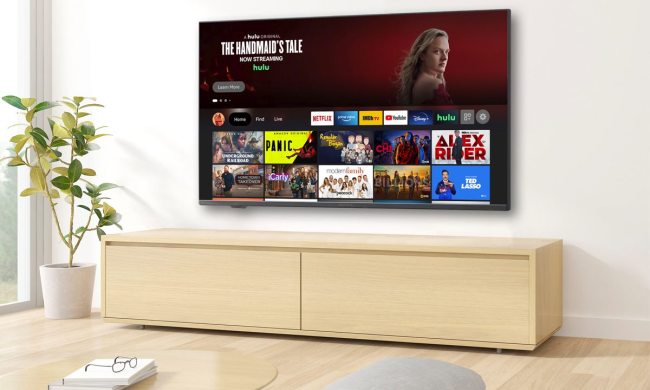
Chances are good that, at some point, you’ve been bewildered by Netflix’s movie recommendations. You just watched a Jackie Chan kung fu flick, and somehow that means you might be interested in watching Steel Magnolias. Don’t be too rough on Netflix, though. It turns out making recommendations isn’t easy, but Netflix is working on a solution, and you might be intrigued by how it’s going to work, and even more so by the central involvement of Amazon, a clear Netflix competitor in the online streaming realm.
Very simply put, Netflix currently calculates what you might want to watch next by statistically breaking down your viewing habits into different categories: movie or TV show? Action or romance? Mainstream or indie? But imagine if the movie-streamer could actually learn about your tastes over time, enabling it to mimic that (semi-annoying, but still useful) movie buff you share a cubicle with — “Oh, so you like Jackie Chan?! Pff… check out Kurosawa’s “Seven Samurai” and get back to me…”
By using Amazon Web Services (specifically, its cloud servers), Netflix hopes to eventually implement the “deep learning”-based algorithms it’s been developing into the recommendation process, without having to build intricate GPU (graphical processing unit) farms.
Deep learning, a subcategory within the larger “machine learning” discipline, is an algorithm-focused field of study aimed at tackling complex problems with computer systems designed to sift through data and reach conclusions the same way the human brain does — both behaviorally and structurally. Today, most commercial applications of deep learning require GPUs for their intense processing power: they’re capable of multi-tasking on a very extreme level.
Netflix’s ideal end-product would essentially be a neural network made up of a bunch of computer graphics chips.
So, instead of being pushed into the “Dark Futuristic Romantic Comedies with a Strong Female Lead” category because you watched “The Matrix” last night, your mother laughed, cried and drooled over “Love Actually” for the eighth time and your little brother is a massive fan of “The Hunger Games,” Netflix will soon be able to actually meditate on your film tastes. Surprisingly hand-in-hand, Netflix and Amazon are crafting a much more intimate and interactive experience for the quickly evolving company.


